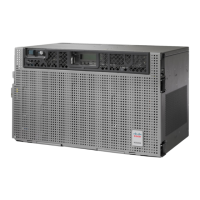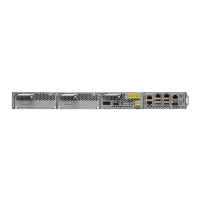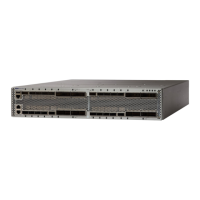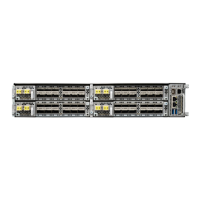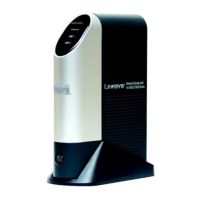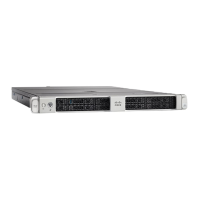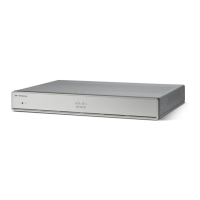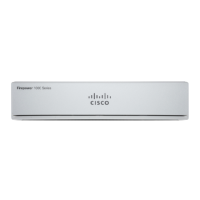c) Compare the actual power levels with the expected power range given in the Configuration guide. Complete one of
the following actions:
• If power is higher than –40 dBm (that is, –20 dBm, –1 dBm, 0 dBm or 10 dBm) and within the accepted range
go to Step 4, on page 289.
• or if the power is lower than –40 dBm (that is, –40 dBm, –45 dBm or –50 dBm) complete the Reset a Card in
CTC, on page 449 procedure for the card.
Step 3 If the alarm does not clear, complete the Physically Replace a Card, on page 453 procedure for the reporting card and then
call Cisco TAC (1 800 553-2447) .
When you replace a card with an identical type of card, you do not need to make any changes to the database
other than restoring the card’s port to the IS,AINS administrative state.
Note
Step 4 Verify the fiber continuity to the port by following site practices. Refer to the Network Reference chapter of the
Configuration guide for a procedure to detect a fiber cut.
Step 5 Check the Internal Connections file generated by Cisco TransportPlanner for the node containing the alarmed card. If
necessary, recable the node in accordance with the MP file connections list. For procedures to cable a DWDM node, refer
to the Turn Up a Node chapter of the Configuration guide.
Step 6
Step 7 If the power difference reported is greater than 1 dBm (standard fiber jumper insertion loss is 0.3 dBm), clean the fiber
according to site practice. If no site practice exists, complete the procedure in the Maintain the Node chapter of the
Configuration guide.
Unplugging the fiber can cause a traffic hit. To avoid this, perform a traffic switch if possible.
Note
Step 8 If the alarm does not clear, follow the general troubleshooting rules stated in the Network Reference chapter of the
Configuration guide to identify upstream alarms in the logical signal flow that could cause an LOS-P.
If the alarm does not get cleared, you need to report a Service-Affecting (SA) problem. Log into the Technical Support
Website at http://www.cisco.com/c/en/us/support/index.html for more information or log into http://www.cisco.com/c/
en/us/support/web/tsd-cisco-worldwide-contacts.html to obtain a directory of toll-free Technical Support numbers for
your country.
LOS-RAMAN (OTS)
Default Severity: Critical (CR), Service-Affecting (SA)
SONET Logical Objects: OTS
The Loss of Raman signal alarm indicates that the Raman signal has not received by the RX RAMAN port
on the OPT-RAMP-C, OPT-RAMP-CE, EDRA-1-xx, EDRA-2-xx, and RAMAN-CTP card.
Cisco NCS 2000 series Troubleshooting Guide, Release 11.0
289
Alarm Troubleshooting
LOS-RAMAN (OTS)
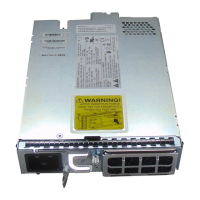
